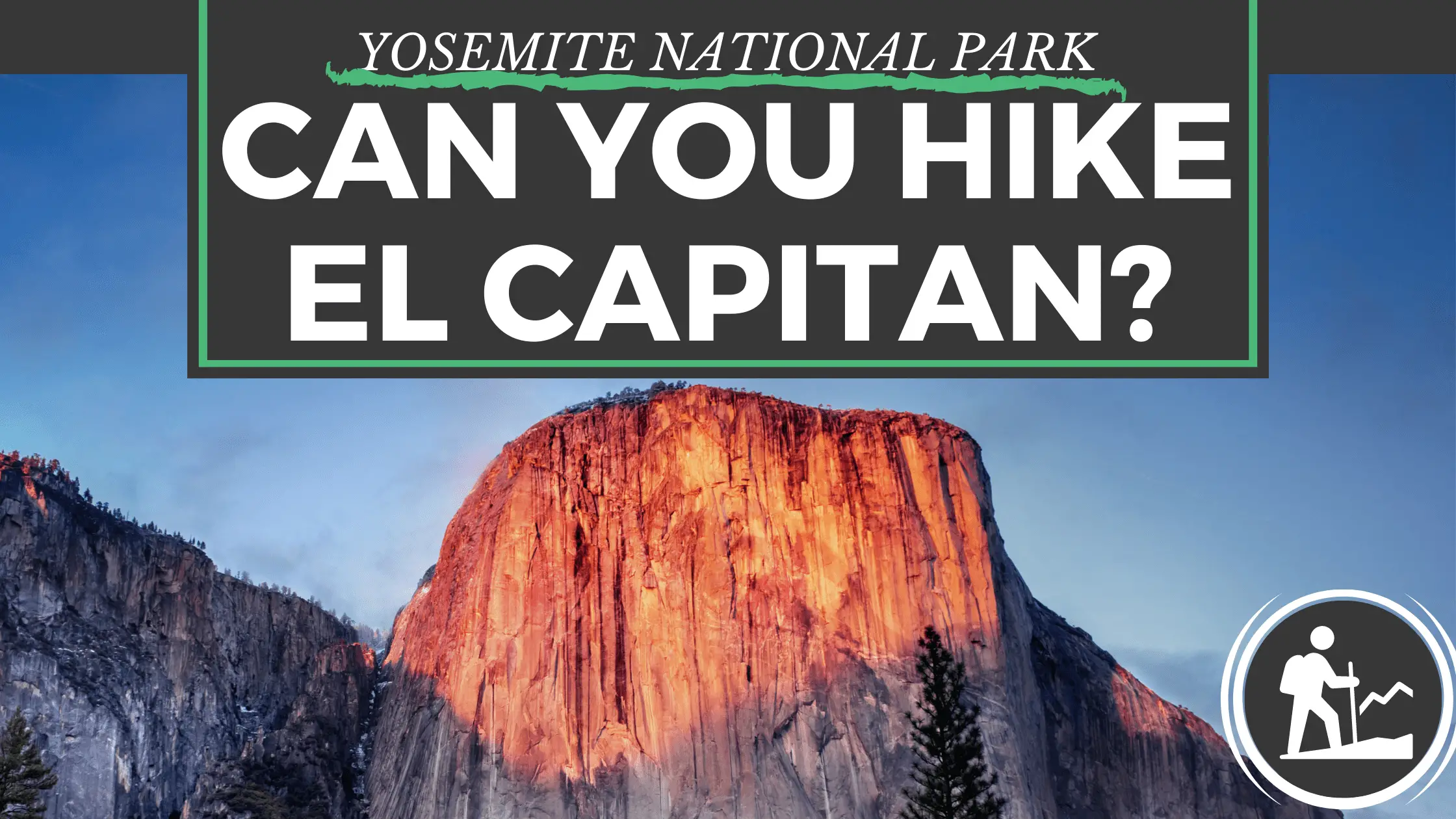Can You Hike Up El Capitan?
Do you want to visit El Capitan? If so, this is the perfect guide for you! It is one of the most notable landmarks in Yosemite National Park. Also, it towers over Yosemite Valley’s Western end.
In this article, you’ll learn about hiking in El Capitan, including the length of the hike and its difficulty. You don’t have to be a veteran hiker or bring any special gear. But you will need some good shoes and an adventurous heart. So, you might be asking, “can you hike El Capitan?”
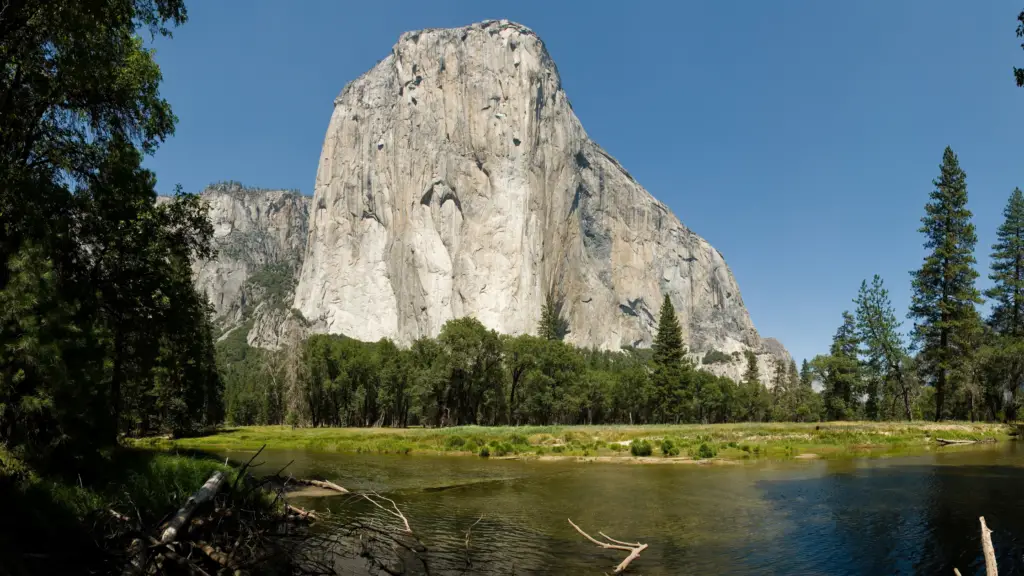
El Capitan is worth the hike!
Yes, you can hike El Capitan! If you don’t know where to start, we can help you. We recommend starting at the South Lake Overlook. It’s one of the most popular hikes in town and offers great views for all levels. You won’t find another place like it on Earth. So what are you waiting for? Get out there and explore this hidden gem!
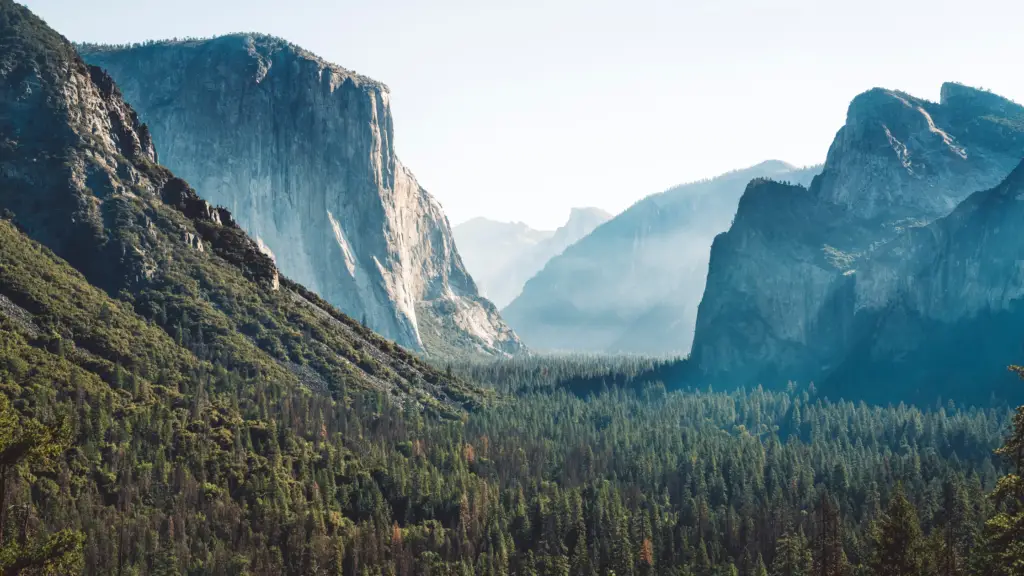
Plan your hike to El Capitan now!
Hiking the trails of El Capitan in Yosemite National Park will take 15 miles and up to a journey of 15 hours.
Although it is allowed to hike El Capitan during the day, the trails often get crowded with campers.
El Capitan experts also suggest that day hikers bring water filters with them for refilling their containers on the streams, lights, and headlamps during the dark, mobile phones in case of emergency, and warm clothing in case temperatures get unusually cold.
Start your hike before sunrise for a smooth journey during dusk on your way back. The best path to reach the summit is taking the trails of Yosemite Falls.
After reaching El Capitan’s top, you can see the spectacular views of Dewey Point, Clouds Rest, Taft Point, North Dome, and more! The hike will be difficult, but you will be rewarded with the views you will get to see!
The trails are best to access from May until November. It will also depend on the snow levels.
El Capitan hike will be perfect for those who enjoy solitude, as its trails don’t always get crowded.
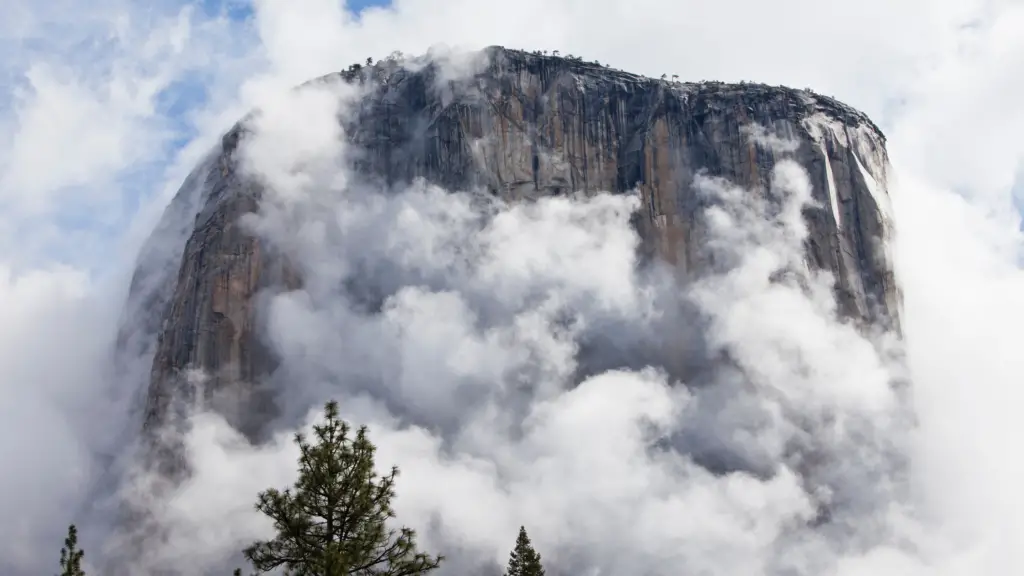
How long is the hike up El Capitan?
Before going on a hike to El Capitan, the first thing to remember is that it could take a day or two. Besides, it depends on your pace and fitness.
The reason for this is the track of Upper Yosemite Falls. It can be a challenging trail on the way up. Also, it can be unimaginably slippery on your way down. The first of the two routes you can take is through the track of Upper Yosemite Falls. Old Big Oak Flat Road is the second. Whatever path you take, they have the same elevation and length.
What’s more, the trail route of Upper Yosemite Falls is very scenic. However, it can get a lot of foot traffic, especially the first 3.5 miles. If you want a less crowded and much quieter route, you can take the Old Oak route. There are also many available parking spaces at its trailhead opposing the hundreds below the valley for the fall’s path.
Additionally, several side trails are available if you want to take a longer path. It’s worth noting that both trails have options to check out Eagle Peak.
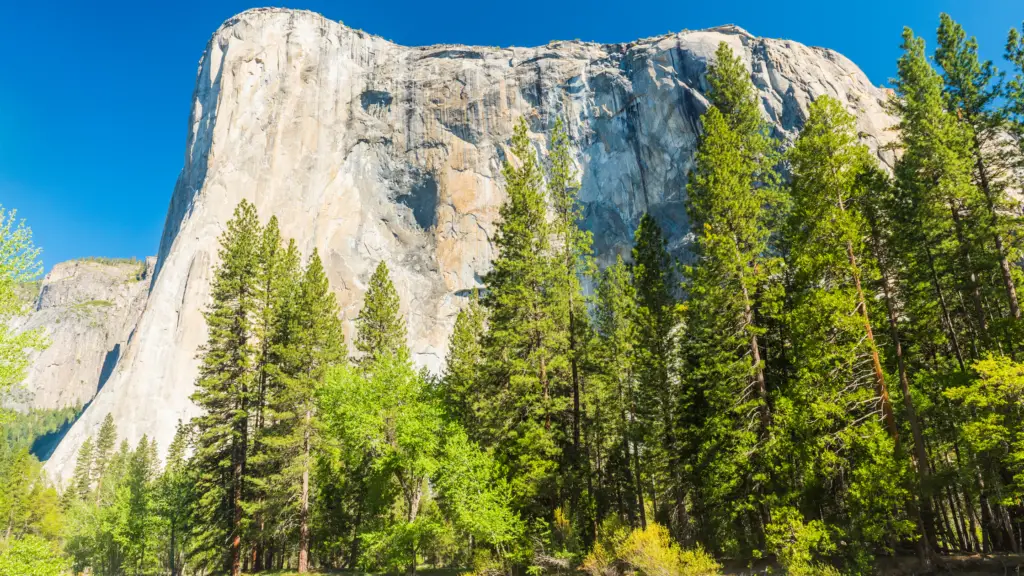
How hard is it to hike up El Capitan?
The rating for hiking El Capitan is from strenuous to highly strenuous. It takes 15.4 miles with heavy traffic out and back the trails around the Yosemite Valley, California. The waterfall features make it even more difficult. Also, the trails are mainly and best used for hiking during April to October.
Here are some preparations you can do to train yourself before hiking El Capitan.
1. Focus on your core
Core muscles such as the back, abdominal, and pelvic muscles give flexibility and balance. So, focusing on these areas can help you be stronger for active adventures.
Planks, crunches, and bridges can help build a strong core. You can also do it while watching TV or sitting on exercise balls.
2. Work on your cardiovascular fitness
The American College of Sports Medicine suggests at least 150 minutes of aerobic activity weekly with at least 30 minutes per session is a good start.
Swimming, brisk walking, jogging, and swimming are great aerobic activities for beginners. They are great for preparing for adventures like hiking mountains like El Capitan.
In addition, if you can’t make it to the gym or outdoors, there are several exercises you can do at home like jumping jacks, leg raises, squats, leg raises, and more. These are good bodyweight exercises requiring no skills and equipment.
3. Practice hiking
After doing the exercises needed to strengthen your core and work on your physical fitness, it’s time to practice hiking.
Search for places with elevation and terrain to train your body to respond to the difficulties and stress. This can also help you focus more on the areas you want to work on.
Always bring water with you. Adding weight to your practice hike can also help you be trained hiking with the weight of your body and belongings.
Another benefit of practicing hiking is that it helps you choose the right pair of boots to support your hike. This will help prevent hitting trails with a poor choice of boots.
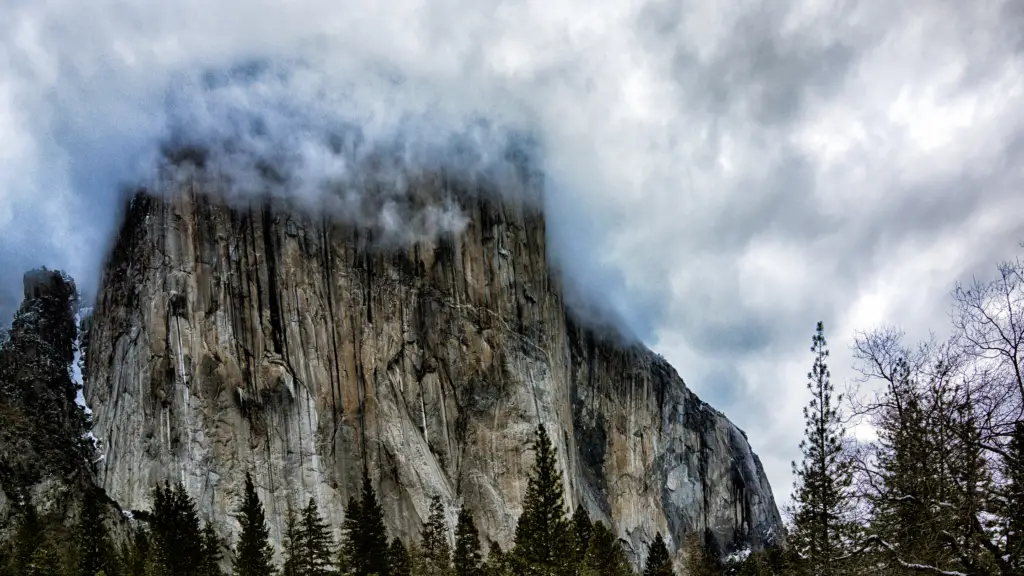
When is El Capitan Trail open?
El Capitan from Yosemite Valley is almost a 25-kilometer trail with waterfalls and is considered difficult. The trails are open from late spring to fall. It is also mainly used and best for hiking from April to October. Additionally, its lower trail portions are open all year round. However, snow on the trails and rims can be dangerous.
The park service has quotas for every trailhead. Sixty-five percent are reserved for May to October trips, leaving only 40% open space for the first-come, first-served basis. It starts at 11 am, so make sure to know this before planning your hike.
If you want to make a park reservation, you can go online to access the park’s reservation system for a lottery application 24 weeks before your trip.
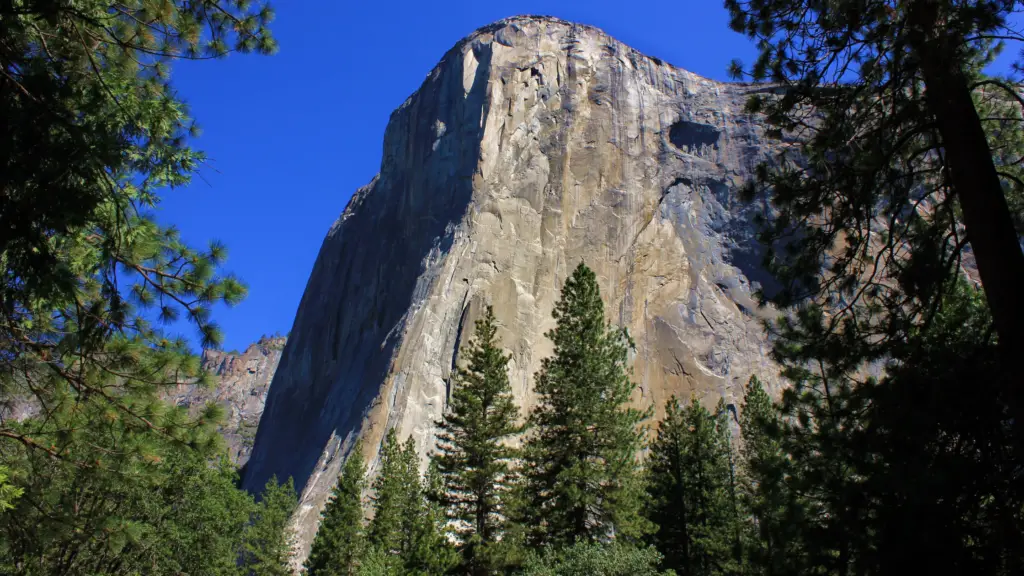
Do you need a permit to hike El Capitan?
Compared to other Yosemite’s popular hikes like Half Dome, there is no need for a permit when hiking El Capitan. You will only need a permit if you plan to turn your trip into a backpacking adventure.
If that is the case, you will need to apply for a wilderness permit through Yosemite National Park. These permits are not needed for the usual hikes except for Half Dome. However, they are needed for every overnight camper in the park, not within the designated campgrounds.
The permit system’s main purpose is to have a limited number of people staying in the backcountry in every trailhead each day. It is also to let everyone enjoy some alone time around the park.
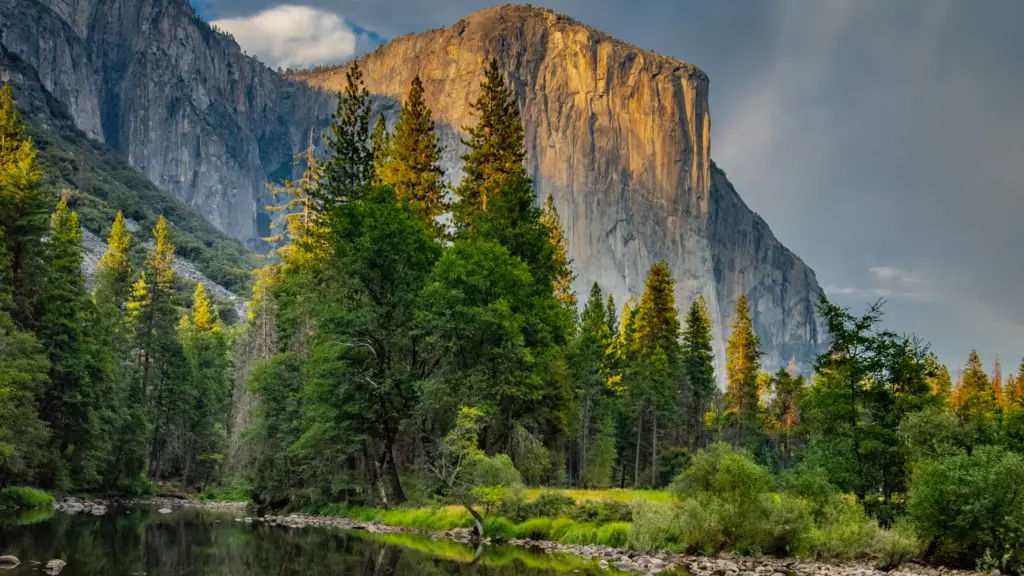
The best time to hike El Capitan
In general, the best months to visit Yosemite are particularly May and September because it is accessible and less crowded. The El Capitan trail has the best trekking conditions from May to November.
This can also depend on the snow levels. It is closed during winter because of the shut off of the access road up to Tamarack Flat Campground’s trailhead. Tamarack Flat Campround’s closure is a factor because this is a good route for returning.
You can continue trekking the extra kilometer distance to reach Eagle Peak if you seek an extra challenge. It is the highest rock among the Three Brothers and an independent peak at El Capitan’s east. So, the view here is unbeatable. You can start hiking down to the Upper Yosemite Fall trail’s valley floor after extending a bit further from Eagle Peak.
However, it is not advisable to go to Eagle Peak during winter unless you have advanced skills to navigate the trail as the markers are covered in snow.
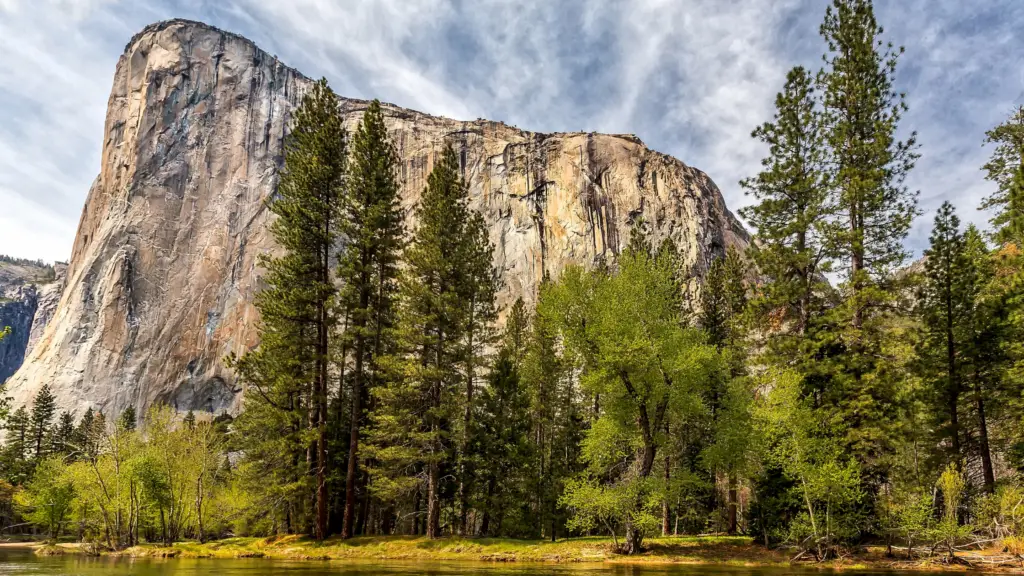
Make the most memorable experience on your El Capitan Hike!
Now that you have finished reading this blog, you are now more aware of what to expect for your El Capitan hike. Hopefully, you can have the most memorable experience on your trip with the help of our guide!
Now you can focus on finding all the spectacular views and sceneries that make Yosemite a one-of-a-kind location. You can also start having great stories to tell from all your hard, rewarding, and unforgettable experiences. Exploring this trail will certainly leave you tons of unforgettable memories. So, what are you waiting for? Good luck and happy trails!

